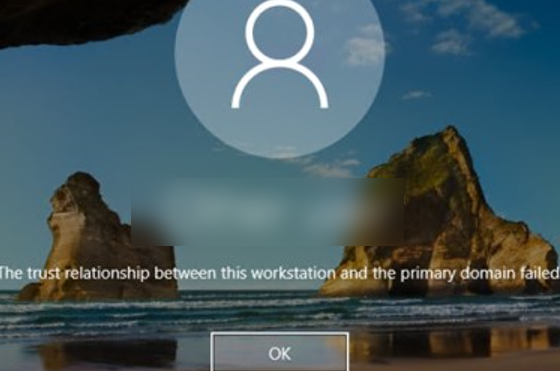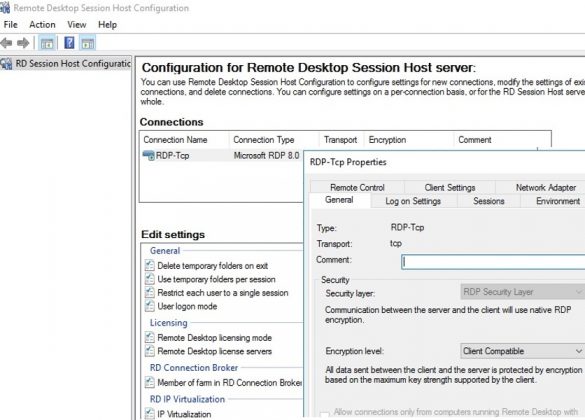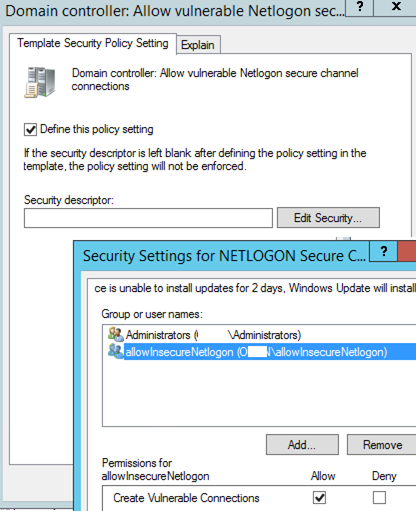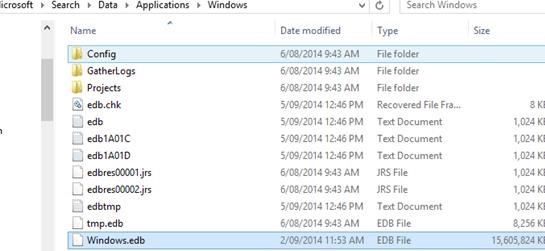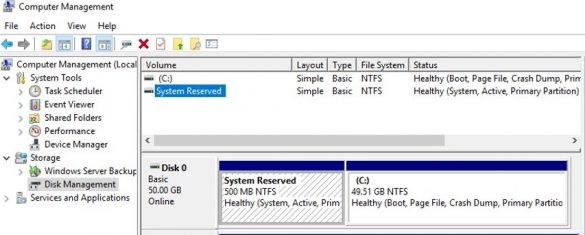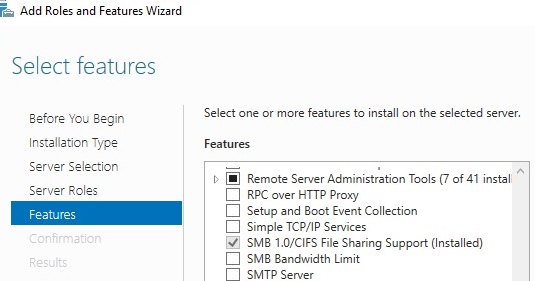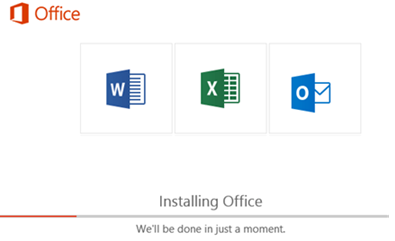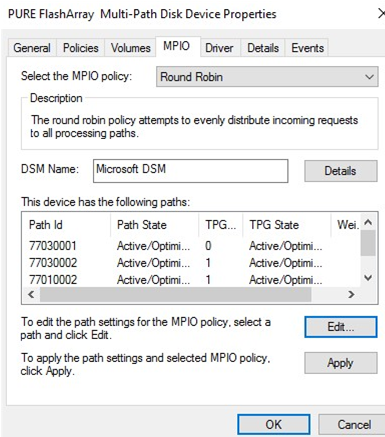Repairing the Domain Trust Relationship Between Workstation and Active Directory
If a trust relationship between a Windows workstation and an Active Directory domain is broken, the computer won’t be able to establish a secure channel with the domain controller, and…
